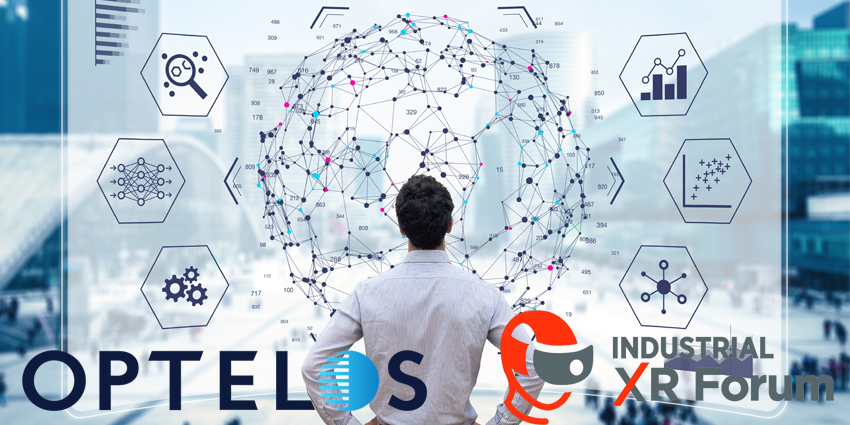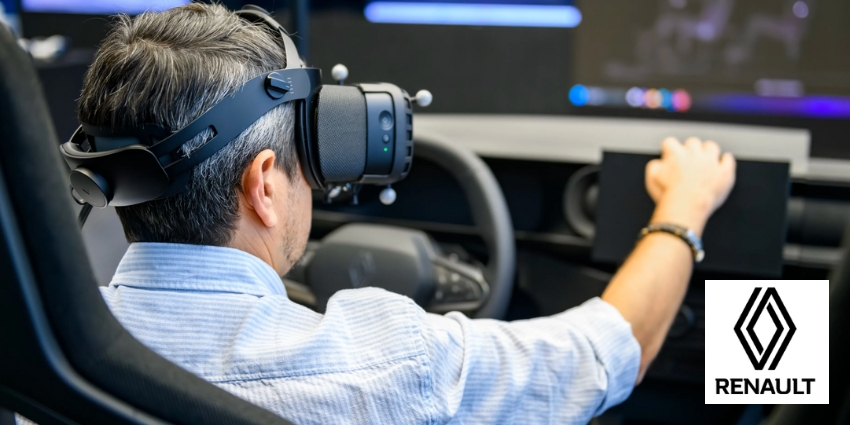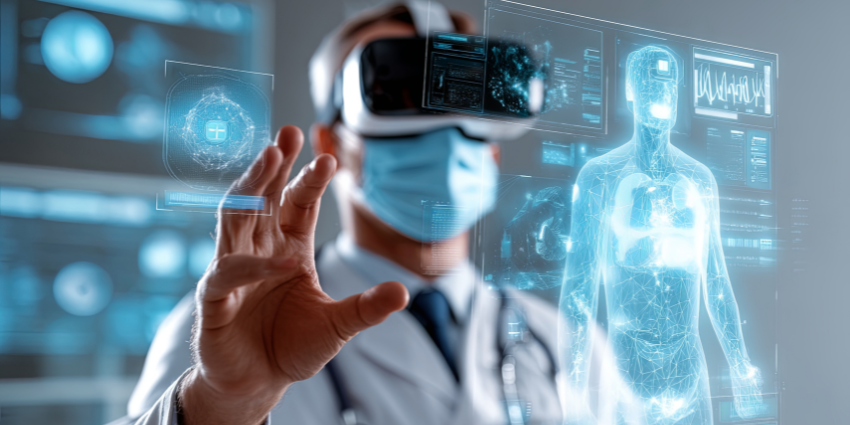US data visualisation firm Optelos announced at the Industrial XR Forum it will offer a unified Software as a Service (SaaS) solution designed to refine Enterprise Asset Management (EAM).
The Austin, Texas-based firm is employing digital twins to improve the quality and lower the cost of enterprise-scale EAM.
In addition, Optelos provides a range of technologies to improve EAM workflows such as drones, robotics, and thermal cameras.
Businesses can also use the captured data to preform a virtual reality (VR) walkthrough of worksites.
The firm started in 2014 as a subsidy of Danaher Corporation, a Fortune 500 business, and now has clients from an array of sectors such as manufacturing, telecom, energy, and many others.
Energy Drone and Robotics Summit 2021
David Tran, CEO, Optelos, spoke at the Industrial Extended Reality Forum (IXRF) Global Summit 2021 on using digital twins to optimise turnaround, shutdown planning, and execution costs.
During his keynote, Tran outlined five steps needed to successfully use digital twins to impact businesses in scoping, preparation, execution, start-up, and review.
The steps use Optelos’ data visualisation toolset, which works across GeoVisual data and drone technology to scope a location review turnaround for stakeholders using the advanced AI system.
The CEO also claims results for businesses included a 26 percent overall reduction in turnaround schedules, 31 percent fewer conflicts, and a five day reduction in time to review turnaround results.
Data Visualisation
Optelos offers firms a unified cloud-based platform to manage and share visual data between teams. The solution functions seamlessly, allowing colleagues to collaborate on 3D digital twins.
Enterprises can securely share data between teams via the cloud and additional intuitive tools allow management teams to share data at numerous levels of security.
Employees can use the AI-powered platform to share file types such as 4K videos, panoramas, Microsoft Office documents, and 3D point clouds.
Optelos’ solution also supports the use of GeoVisual Data Analysis to build detailed 3D maps to view and track changes over time. GeoVisual integration uses volumetric technology to scan a map and create 3D mesh models with accurate point data.
The tech firm is also employing AI workflows to help data scientists roll out labels as well as track and manage business analytics. This wide toolset provides enterprises with a well-rounded solution with many applicable use cases.
The IXRF Global Summit took place October 27-28 and saw dozens of top XR firms, solution providers, organisations and software developers gather to discuss the future of the rapidly growing XR industry.
Attendees included major XR firms such as Varjo, Motive.io, XALTER, Siemens, the United States Air Force (USAF), the National Aeronautics and Space Administration (NASA), and many others.







